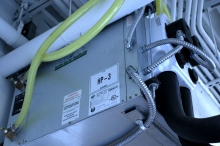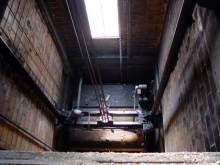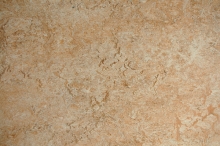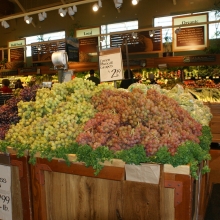The human body has its own heating, ventilating, and air conditioning plant. The epidermis, or skin, is its control system. Water, being available in abundance in the human body, is a natural means of storing heat or rejecting it. Remember science class in high school? Who remembers what percentage of the body is water? Wasn’t it some ridiculously high percentage? When we heard the teacher tell us, we all made kind of an unconscious mental note that that just couldn’t be. Nevertheless, when the human body needs warmth, the pores of the skin close up or constrict, hence the body retains moisture and stays warmer. When the body needs to be cooled, the pores open up, allowing moisture to escape in the form of perspiration. As the perspiration evaporates, heat is removed from the body and we feel cooler. Evaporation requires one of two elements: either the surrounding air must be dry (we call it low humidity) or it must be moving. If either exists, evaporation can occur. In the old days, all cooling was by ventilation and it occurred by means of evaporation. That’s why a convertible in the heat of summer can still be comfortable, even though the temperature is 95 degrees. We do not feel hot because, at 75 miles per hour, there are plenty of breezes to cause the evaporation we need to feel cool... unless, of course, we are parked on the expressway during rush hour.






